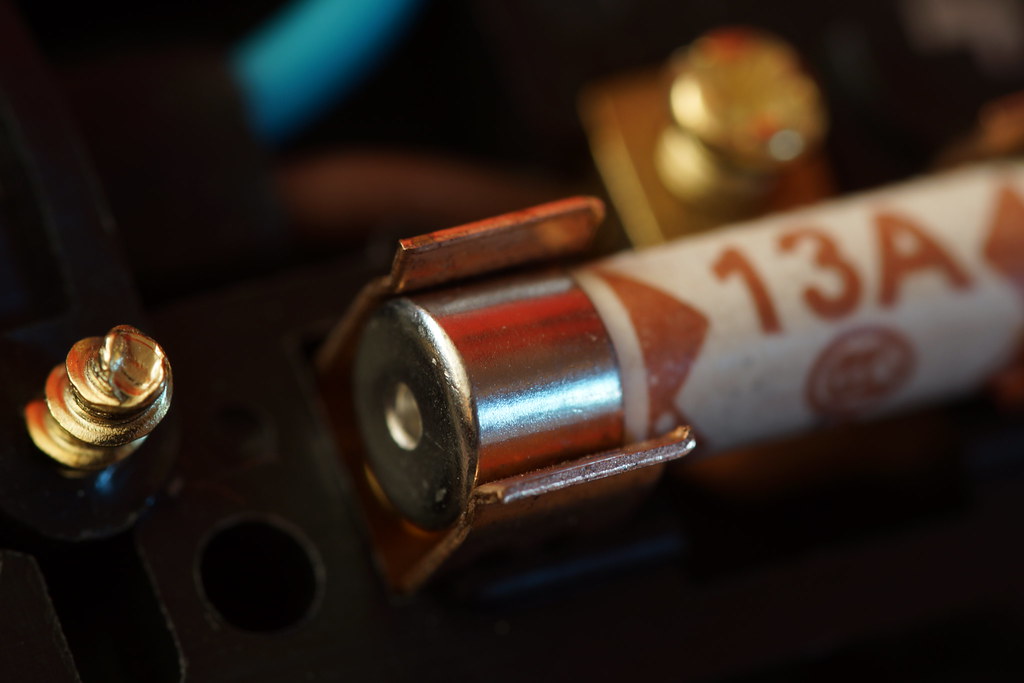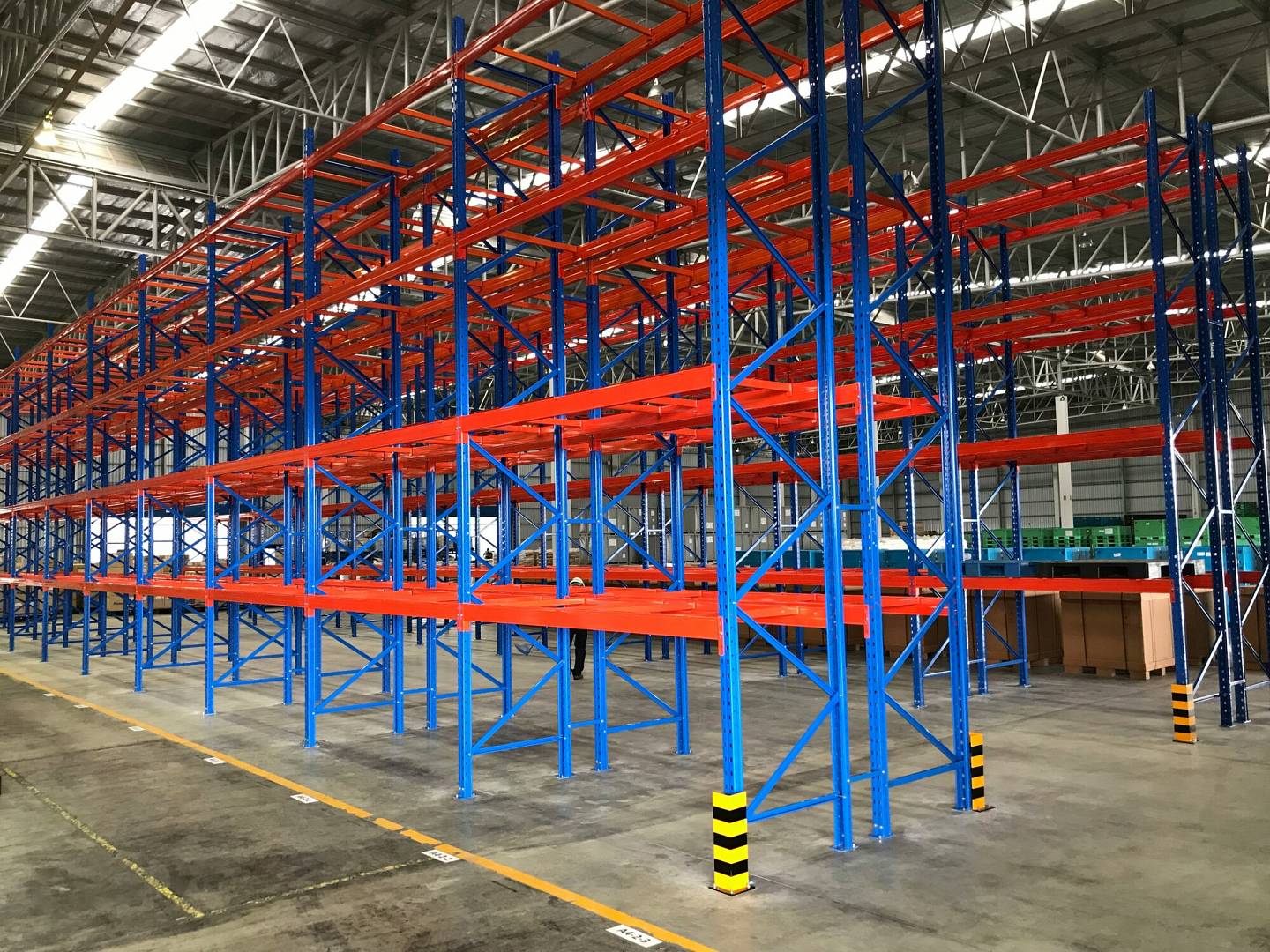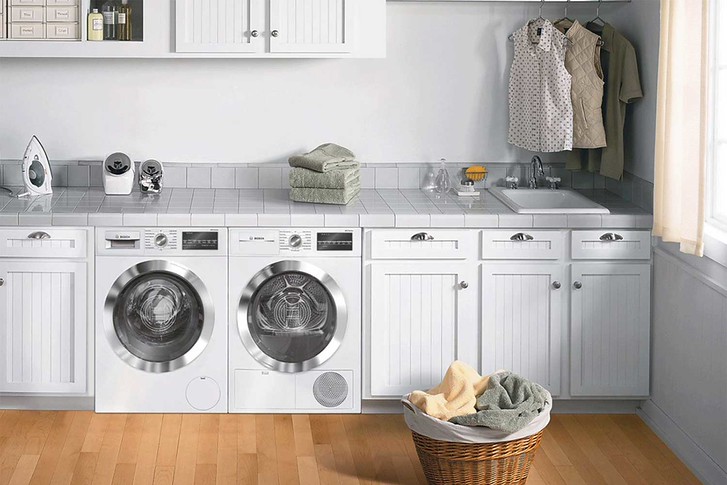Welcome to the world of electrical efficiency and safety. In the heart of your home, a small yet mighty component plays a crucial role in powering various appliances seamlessly the 13-amp fuse.
As you navigate through the landscape of household devices, it’s essential to understand the appliances that rely on this 13-amp powerhouse. From kitchen gadgets to entertainment essentials, you’ll uncover the diverse range of household items that depend on this fuse for optimal functionality and safety.
For washing machines, dishwashers, microwaves, kettles, toasters, and irons, use a 13-amp fuse.
Matching the right fuse to the specific appliance helps ensure they get the right amount of electrical power and operate safely.
What is a 13 amp?
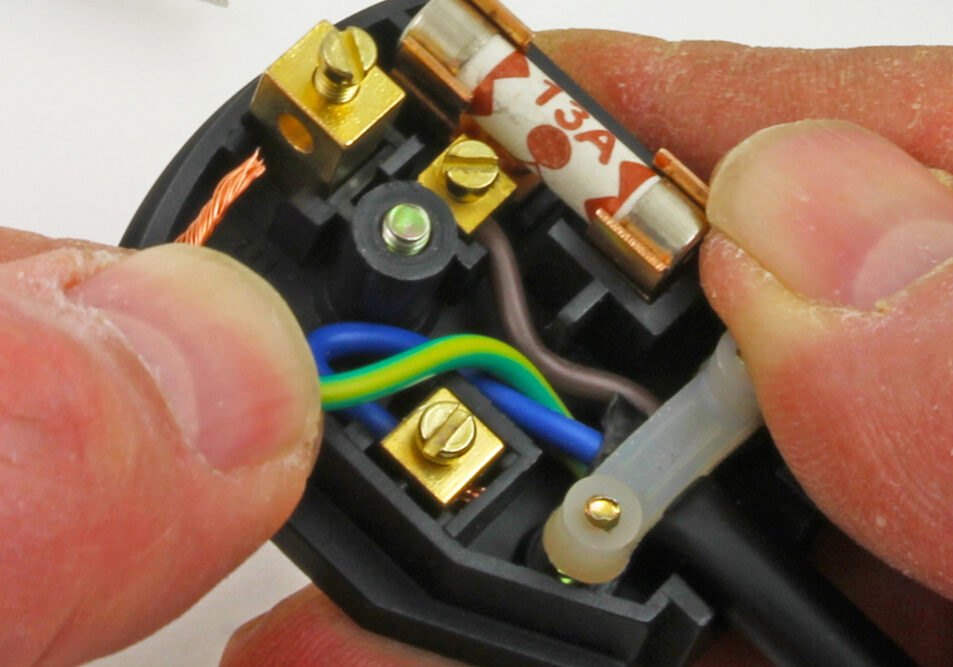
A 13 amp is like the regular plug sockets you see everywhere in the UK. They’re the most common ones. You can plug in all sorts of things like your TV, fridge, or any other gadgets into these sockets. They come in different colors, sizes, and styles to match whatever you like. So, it’s the kind of socket you use for most stuff around your home.
What are the many types of fuses and how do they operate?
A fuse in a plug is like a safety guard for the cord, not the device you’re plugging in. It’s intentionally made to be a weak link in the electrical system. If an appliance or extension cord takes in too much electricity either because it’s overloaded or has a problem the fuse “blows.” This means it breaks the circuit, stopping the electricity. It’s a safety measure to prevent the cord and appliance from getting too hot and causing a fire.
Now, there are different types of fuses, and they’re rated based on how much power an appliance needs. Here’s a simple guide:
3-amp Fuse (colored red):
For things like table lamps, standard lamps, TVs, videos, computers, mixers, blenders, fridges, freezers, power drills, jigsaws, and soldering irons.
13-amp Fuse (colored brown):
For bigger stuff like washing machines, dishwashers, microwaves, kettles, toasters, and irons.
Remember, if you need to change a fuse, make sure it’s the same rating as the old one. It’s like matching puzzle pieces. A common plug in the UK usually has either a 3A or 13A fuse. And that’s it! It’s a simple way to make sure things don’t get too hot and cause problems.
Dimensions: Length approximately 25.4 mm (1 inch) and width approximately 6.3 mm (1/4 inch)
Common Household Appliances
Common household appliances that typically use a 13-amp fuse include a variety of devices used in daily domestic life. These appliances are designed to operate within the capacity of a standard 13-amp electrical socket. Here’s a list of common household appliances:
- Kitchen Appliances:
- Electric Kettles
- Toasters
- Microwaves
- Coffee Makers
- Blenders
- Food Processors
- Electric Grills
- Rice Cookers
- Slow Cookers
- Home Entertainment:
- Televisions
- Audio Systems (Stereo Systems)
- DVD/Blu-ray Players
- Gaming Consoles (e.g., Xbox, PlayStation)
- Streaming Devices (e.g., Roku, Apple TV)
- Home Office Equipment:
- Desktop Computers
- Laptops
- Printers
- Scanners
- Monitors
- Modems and Routers
- Laundry Appliances:
- Washing Machines
- Tumble Dryers
- Irons
- Heating and Cooling:
- Space Heaters
- Fans
- Air Purifiers
- Small Air Conditioners
- Lighting:
- Floor Lamps
- Table Lamps
- Desk Lamps
- Personal Care Appliances:
- Hair Dryers
- Curling Irons
- Electric Shavers
- Cleaning Appliances:
- Vacuum Cleaners
- Carpet Cleaners
It’s important to note that while these appliances commonly use a 13-amp fuse, some larger or high-power appliances may have different requirements, and it’s crucial to check the manufacturer’s guidelines for the correct fuse specifications to ensure safety and proper functioning.
Keeping Your Plugs Safe: A Quick Check Guide
To make sure your plugs are safe, do these easy checks:
- Check the Cable:
- Is the cable firmly connected to both the appliance and the plug?
- Look for any cuts, nicks, or damage on the cable.
- No joints or repairs should be done with tape.
- Examine the Plug:
- Look closely for cracks or damage on the plug casing.
- Check for signs of overheating, like discolored casing or cable.
- Ensure the plug meets British Standard BS 1363 (it’s marked on the back).
- Confirm the plug cable is securely clamped, and no colored wires are showing.
- For Plugs Not Pre-fitted:
- If the plug wasn’t already on the appliance, check that the cable is connected correctly.
- Inside the Plug:
- Take the plug out of the socket and remove the cover.
- Check:
- The brown wire goes to live (L).
- The blue wire goes to neutral (N).
- The green and yellow wire goes to earth (E).
- The cord clamp holds the cable tight, and screws are secure.
- The screws holding the wires are tight.
- The fuse is the right size and meets British Standard BS 1362 (check the instructions).
- The fuse clips in securely, with no signs of overheating.
- Put the cover back on tight.
Doing these checks helps make sure your plugs don’t cause problems and keep everything running safely.
Special Considerations
Special considerations should be taken into account when dealing with household appliances, particularly those that use a 13-amp fuse. Here are some key points to keep in mind:
1. Power Strips and Extension Cords:
- When using power strips or extension cords, it’s essential to choose ones rated for the intended load.
- Avoid overloading power strips or extension cords by connecting too many high-powered appliances to a single outlet.
2. High-Power Appliances:
- Certain appliances, such as large kitchen equipment or power tools, may require a higher amp fuse. Always refer to the manufacturer’s specifications for the correct fuse rating.
- High-power appliances should be connected directly to a wall outlet whenever possible to avoid overloading extension cords or power strips.
3. Multiple Appliances on a Single Circuit:
- Be cautious when running multiple appliances on a single circuit, especially in the kitchen where several high-power devices may be in use simultaneously.
- Distribute appliances across different circuits to prevent tripping circuit breakers or overloading the electrical system.
4. Consult Manufacturer Guidelines:
- Always refer to the manufacturer’s guidelines and instructions for each appliance to determine the appropriate fuse rating and other safety considerations.
- Follow recommended maintenance and usage instructions to prolong the lifespan of the appliance and ensure safety.
5. Regular Inspections:
- Periodically inspect power cords, plugs, and outlets for any signs of wear, damage, or overheating.
- Replace damaged cords promptly and ensure that plugs fit securely into outlets to prevent electrical hazards.
6. Total Amp Load:
- Be mindful of the total amp load on a circuit to prevent overloading. Each circuit has a maximum capacity, and exceeding this limit can lead to overheating and potential fire hazards.
- Consider consulting with an electrician to assess and, if necessary, upgrade the electrical system in your home.
7. Safety Precautions:
- Turn off and unplug appliances when not in use to conserve energy and reduce the risk of electrical accidents.
- Keep appliances away from water sources and use caution when handling electrical devices near liquids.
Benefits of a 13 Amp Fuse
- The primary benefit of a 13-amp fuse is that it provides protection against overcurrent. If an electrical appliance or circuit draws more current than the rated capacity, the fuse will “blow,” interrupting the circuit and preventing potential damage.
- Breaking the circuit during an electrical fault helps prevent overheating of wires and components. This, in turn, reduces the risk of electrical fires caused by excessive current flow.
- The use of a standard 13-amp fuse in household plugs provides a consistent approach to electrical safety. It simplifies fuse replacement and ensures compatibility with a wide range of appliances.
- Its color-coded design of it, often colored brown, makes it easy to identify and match with the power requirements of various household appliances.
Drawbacks of a 13 Amp Fuse
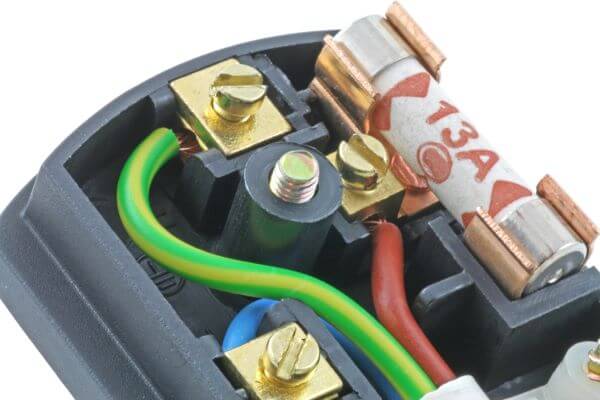
- While it is suitable for many household appliances, it may not be sufficient for high-power devices or equipment. Using a 13-amp fuse for such applications can lead to frequent fuse blowouts or compromise safety.
- Users might be tempted to replace a blown fuse with one of higher amperage to prevent frequent tripping. This can be dangerous as it may allow excessive current flow, risking damage to the appliance or causing a fire hazard.
- Some appliances may have unique power requirements that do not align precisely with the standard 13-amp rating. In such cases, users may face limitations in adapting the fuse to meet specific needs.
- Lastly, it provides a protective measure, it is crucial to address the root cause of frequent fuse blowouts. Ignoring the underlying electrical issues could lead to continued problems or potential damage to appliances.
FAQ’s
What items use a 13 amp fuse?
Appliances such as washing machines, dishwashers, microwaves, kettles, toasters, and irons typically use a 13-amp fuse.
Should I use a 3A or 13A fuse?
For appliances rated at 700W or less, use a 3A fuse. For appliances above 700W, use a 13A fuse.
Why use a 13 amp fuse?
A 13-amp fuse ensures safety by cutting power if the current exceeds safe levels, preventing overheating and potential fire hazards.
What is the maximum load for a 13 amp fuse?
Plugs for appliances rated between 700 watts and 3000 watts, the maximum rating of a wall socket, should have a 13-amp fuse.
What amp is a fridge?
A fridge typically uses around 0.75 to 1.5 amps, depending on the type and size.
What fuse to use for 12v?
For 12v applications, use the appropriate amp rating specified for the device or system.
Is a 13 amp fuse OK with TV?
Yes, a 13-amp fuse is suitable for a TV, ensuring proper protection and functionality.
How long does a 13 amp fuse last?
A 13-amp fuse can allow a current of 20A to pass indefinitely without blowing.
What size is a 13 amp fuse?
A 13-amp fuse, as per British Standard BS1362, has dimensions of approximately 25.4mm in length and 6.3mm in diameter.
Can I use a 13 amp fuse for a fridge?
No, fridges typically use a 3-amp fuse. Always use the right fuse for the specific appliance to ensure safety and proper functioning.
Final Words
In conclusion, appliances that use a 13-amp fuse are generally those with higher power requirements commonly found in households. These include essential kitchen appliances such as washing machines, dishwashers, microwaves, kettles, toasters, and irons.
Further, it serves as a standard safety measure, ensuring that these devices receive the appropriate electrical protection while operating efficiently. Understanding the specific fuse requirements for each appliance is a fundamental aspect of maintaining electrical safety in the home.
Always refer to manufacturer guidelines and use the correct fuse rating to ensure the longevity and safe functioning of household appliances.







